Aure Chemical: Your Premier Source for High-Quality 2-Butoxyethanol (EGBE)
Aure Chemical is a leading supplier of 2-Butoxyethanol, widely known as Ethylene Glycol Monobutyl Ether (EGBE) or Butyl Glycol. This versatile chemical is a clear, colorless solvent highly valued for its excellent solvency, balanced evaporation rate, and moderate compatibility. Our 2-Butoxyethanol is produced to stringent quality specifications, ensuring reliability and consistent performance across a broad spectrum of industrial and commercial applications.
Basic Information of 2-Butoxyethanol
2-Butoxyethanol (CAS No. 111-76-2) is a member of the glycol ether family, distinguished by its unique combination of properties that make it highly effective in various formulations:
| CAS No.: | 111-76-2 |
|---|
| EC No.: | 203-905-0 |
|---|
| Linear Formula: | C₆H₁₄O₂ |
|---|
| Molecular Weight: | 118.17 |
|---|
| Appearance: | Clear, colorless liquid |
|---|
| Odor: | Mild, ether-like |
|---|
| Melting Point: | -75 °C |
|---|
| Boiling point | 171 °C |
|---|
| Density: | 0.902 g/mL at 25 °C(lit.) |
|---|
| Solubility: | Completely miscible with water and a wide range of organic solvents. |
|---|
| Flash Point: | 60 °C |
|---|
| Purity: | Available in various grades to meet specific application requirements. |
|---|
| RIDADR: | UN 2810 3/PG 3 |
|---|
| Chemical Structure: | 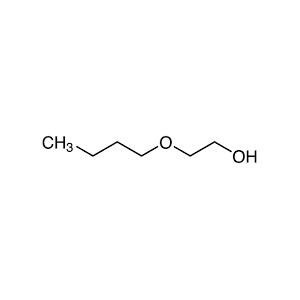 |
|---|
These properties enable 2-Butoxyethanol to act as an effective coalescing agent, coupling agent, and solvent in diverse systems.
Versatile Applications of 2-Butoxyethanol
The unique balance of hydrophobicity and hydrophilicity in Aure Chemical's 2-Butoxyethanol makes it an indispensable component in numerous industries:
Paints & Coatings: Widely used as a coalescent in water-borne paints and as a solvent in solvent-borne coatings. It improves flow, leveling, and gloss, and aids in film formation.
Cleaning Products: An excellent solvent for grease, oils, and other difficult soils, making it a common ingredient in household and industrial cleaners, degreasers, and floor waxes.
Inks & Dyes: Employed as a solvent in printing inks (especially flexographic and gravure) and textile dyes, ensuring proper color dispersion and drying characteristics.
Hydraulic Fluids: Used as a component in brake fluids and other hydraulic fluids due to its lubricating properties and compatibility with various materials.
Agricultural Chemicals: Can be found in pesticide and herbicide formulations as a solvent or coupling agent.
Textile Industry: Used in dyeing and printing processes, and as a component in textile finishing agents.
Petroleum Industry: Employed in oil well drilling and fracturing fluids.
Why Choose Aure Chemical for Your 2-Butoxyethanol Supply?
Aure Chemical is committed to being your reliable partner for high-quality chemical solutions. When you choose us for your 2-Butoxyethanol requirements, you benefit from:
Assured Quality: Our 2-Butoxyethanol is rigorously tested to ensure high purity and consistent performance, meeting or exceeding industry specifications.
Reliable Supply Chain: We maintain a robust and efficient global supply chain to ensure timely and secure delivery, supporting your continuous operational needs.
Technical Expertise: Our knowledgeable team is always available to provide comprehensive support and answer any technical questions you may have regarding product application and handling.
Commitment to Safety & Sustainability: We adhere to strict safety, environmental, and regulatory protocols in all our operations, ensuring responsible sourcing and delivery of our products.
Partner with Aure Chemical for a seamless and dependable supply of 2-Butoxyethanol. We are ready to assist you in finding the perfect solution for your specific application requirements.
Hazards Classification
GHS Classification: Flammable Liquid (GHS02), Acute Toxicity (GHS06), Irritant (GHS07), Health Hazard (GHS08)
Hazard Statements: Flammable liquid and vapor; harmful if swallowed; causes skin and eye irritation; may cause damage to organs through prolonged or repeated exposure.
UN Number: UN 2810
Hazard Class: 3 (Flammable Liquids)
Packing Group: III
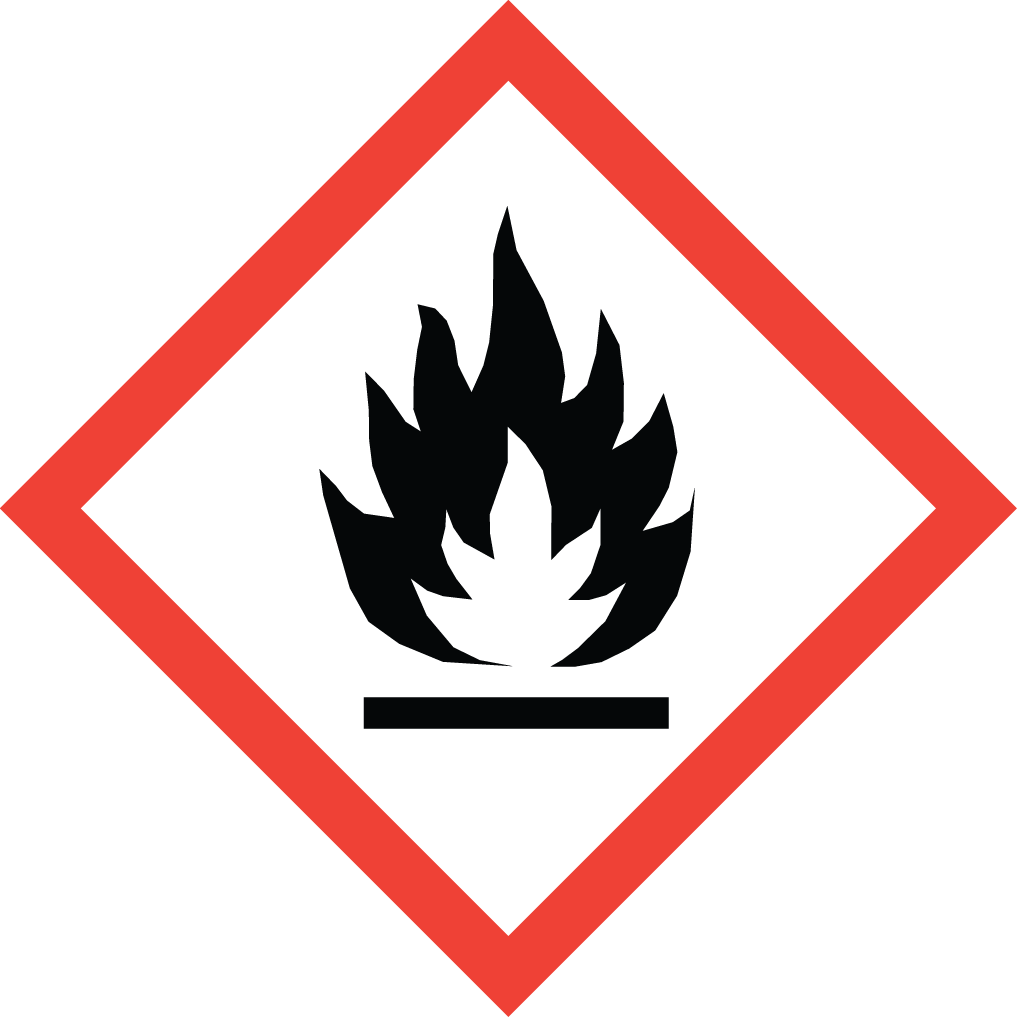 GHS02: Flammable
GHS02: Flammable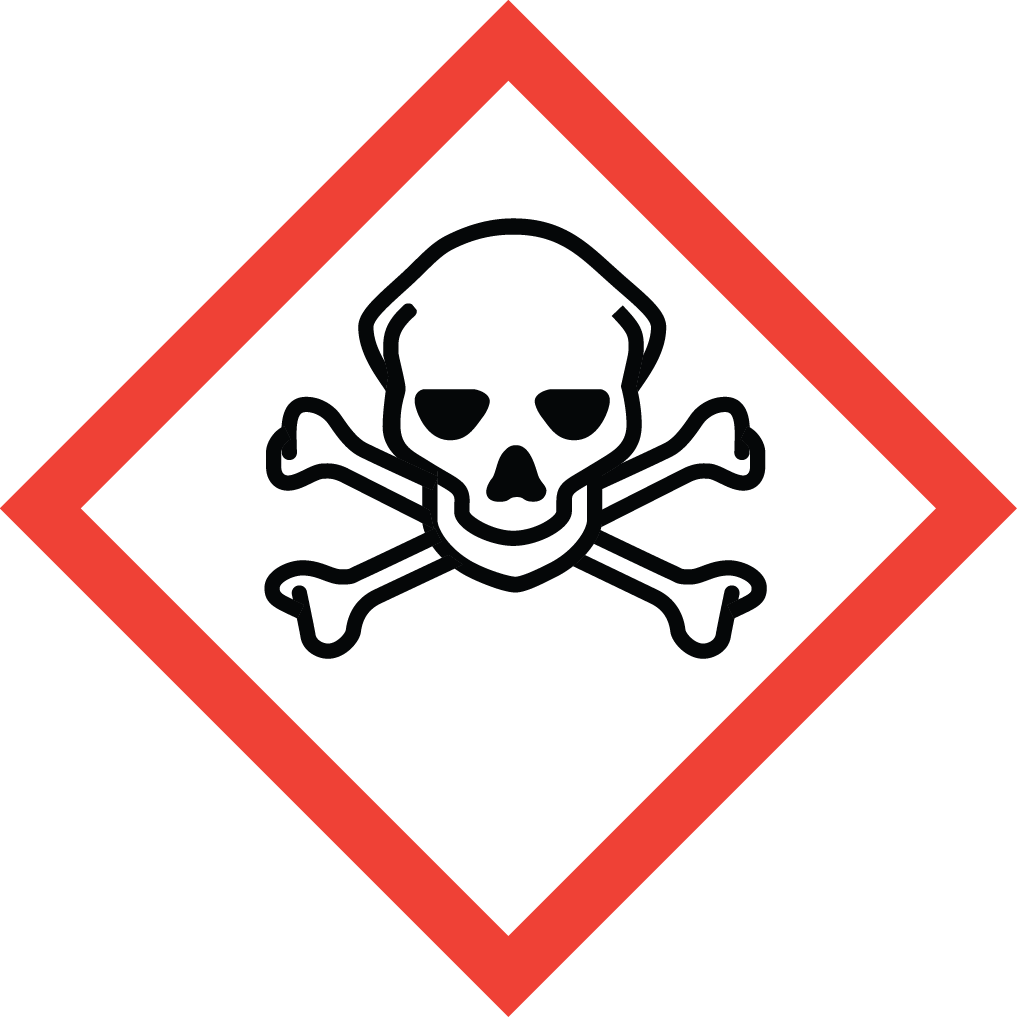 GHS06: Acute Toxicity
GHS06: Acute Toxicity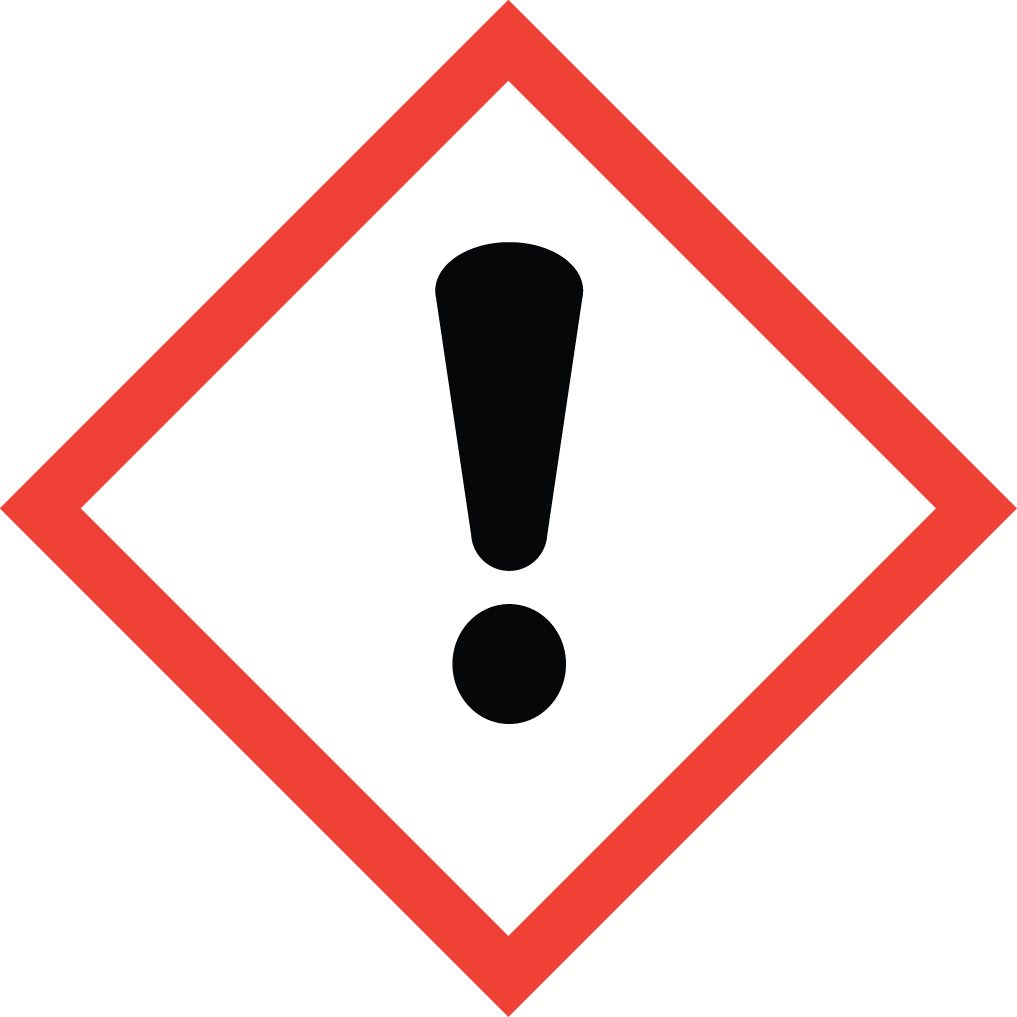 GHS07: Irritant
GHS07: Irritant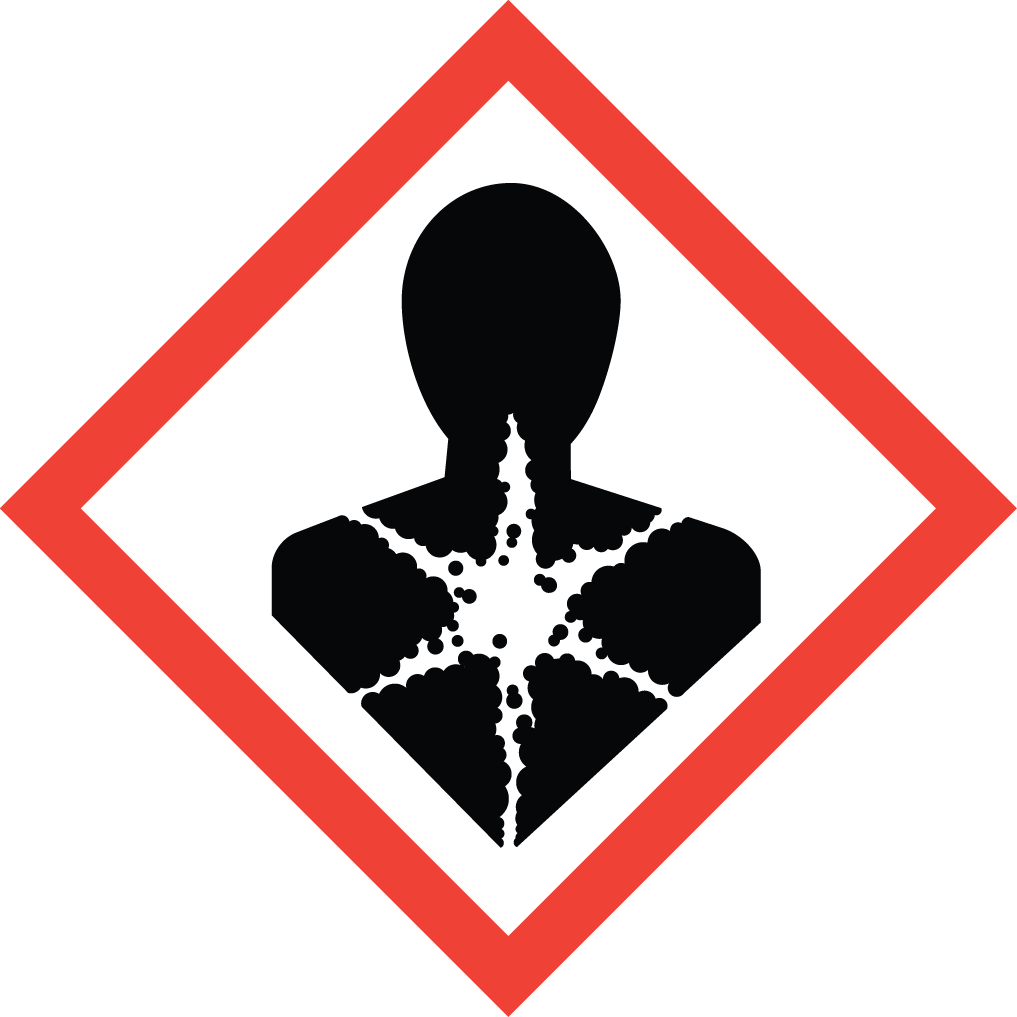 GHS08: Health hazard
GHS08: Health hazard
